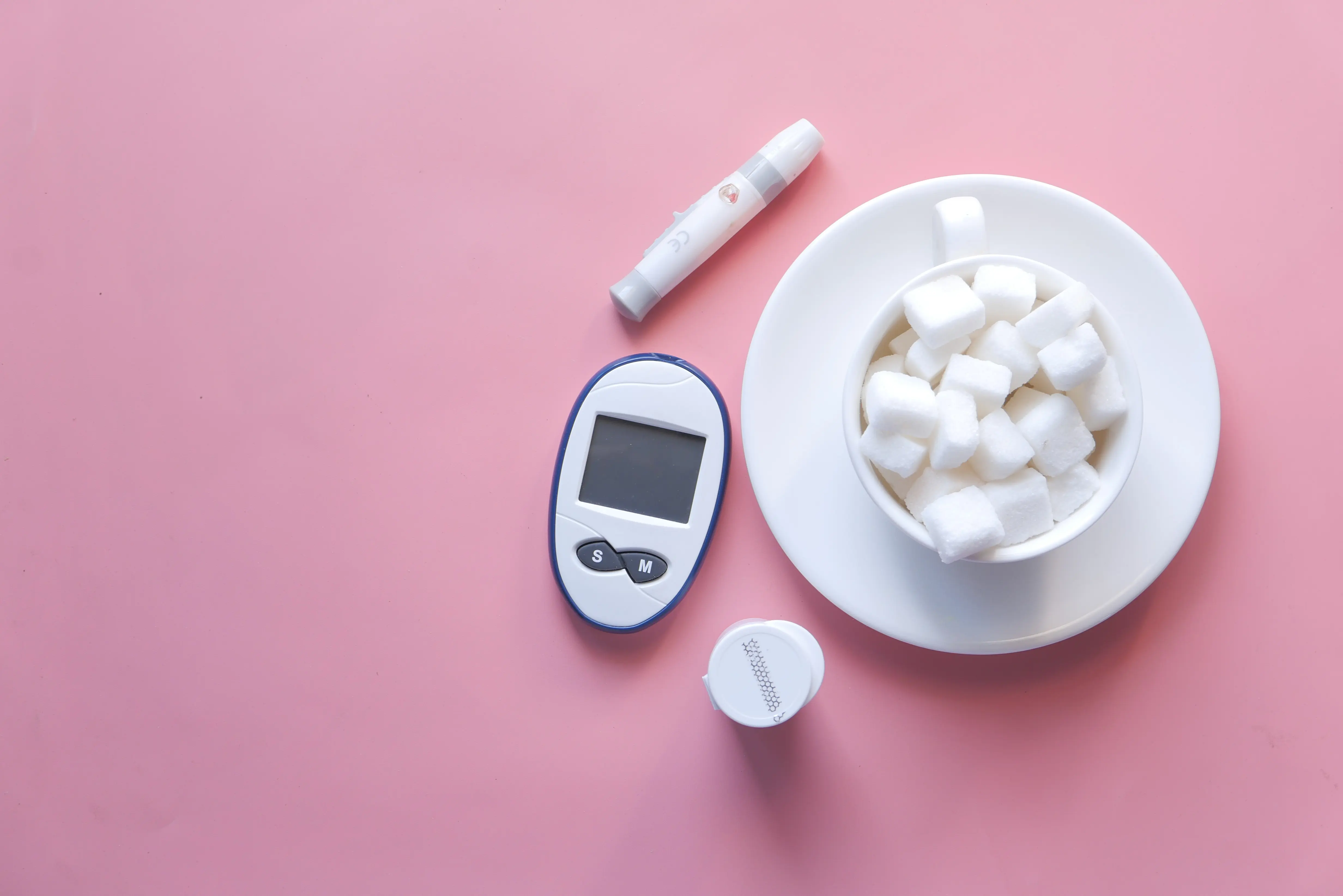Behind the term menopause is the biggest change process of the female body - it affects the entire organism and presents women with various challenges. While many tend to neglect sports and workouts during this phase, the exact opposite pays off sustainably for health, says Dr. Sabrina Vollrath.
The Swiss expert in female physiology, a specialist and senior physician for gynecology and obstetrics at the Inselspital in Bern, where she specializes in female hormones and fertility. For many years, the 36-year-old has been researching the effect of sports on female sex hormones and, together with other gynecologists, founded Gynsports.ch , a digital platform, a network, and a contact point that advises female athletes on the subject of women's health in sports.
Menopause is considered a particularly challenging time, let's start with something positive: You can support your body well in this phase, namely with sports. Why should all women in menopause increase rather than decrease their activity level?
Sport has an enormous effect on the female body during and after menopause. Regular exercise helps stabilize blood sugar levels and lower unfavorable markers such as cholesterol. It reduces the intensity of hot flashes and lowers the risk of breast cancer by 21 percent.
Lesen Sie auch: Die 4 Phasen der Wechseljahre
Zudem wird die Fettverbrennung angeregt, die Knochendichte gestärkt und chronischen Krankheiten wie Typ-2-Diabetes, Bluthochdruck und Übergewicht vorgebeugt. Gleichzeitig verbessert sich die Schlafqualität, und chronische Rückenschmerzen können sich verbessern.
Das hört sich absolut fantastisch an! Damit wir alle auf demselben Wissensstand sind: Was versteht man medizinisch eigentlich unter der Menopause?
Die letzte Regelblutung im Leben einer Frau wird als Menopause bezeichnet. Die Phase vor der letzten Menstruation nennt man Prämenopause, die Zeit danach Postmenopause. Durch das Versiegen der Eierstockfunktion, im Durchschnitt passiert das im 51. Lebensjahr, kommt der bisher regelmäßige Menstruationszyklus zum Erliegen.
Gleichzeitig verändert sich die Hormonlage: Die Spiegel der weiblichen Geschlechtshormone im Blut sinken. Diese hormonelle Umstellung beginnt bereits vor der letzten Regelblutung und führt zu den sogenannten „Wechseljahresbeschwerden“.
For example, hot flashes and mood swings. But these are "just side effects," the whole body goes through a huge change, and this is mainly due to hormones. What exactly happens to the female body?















